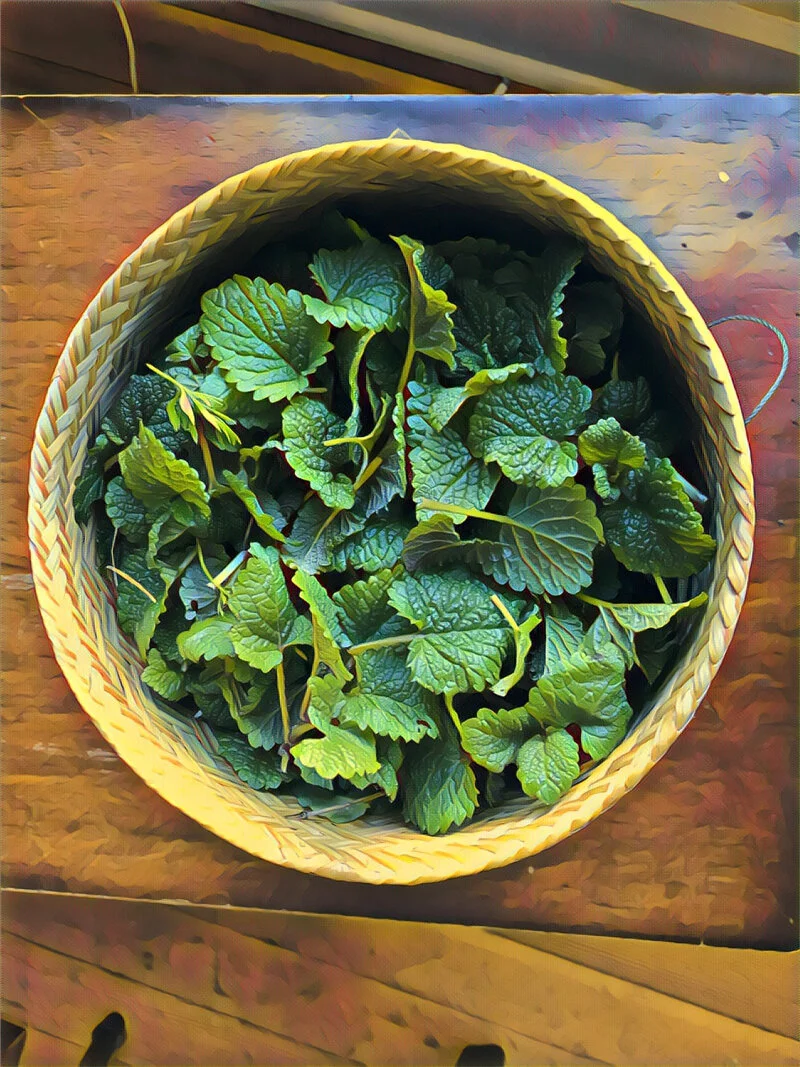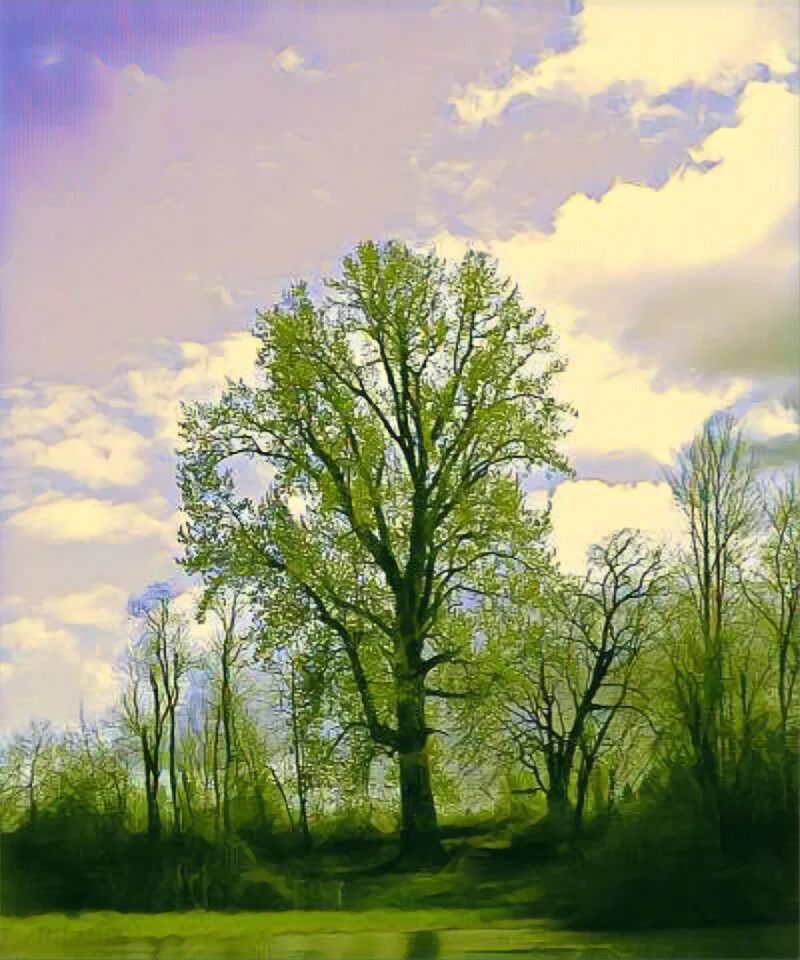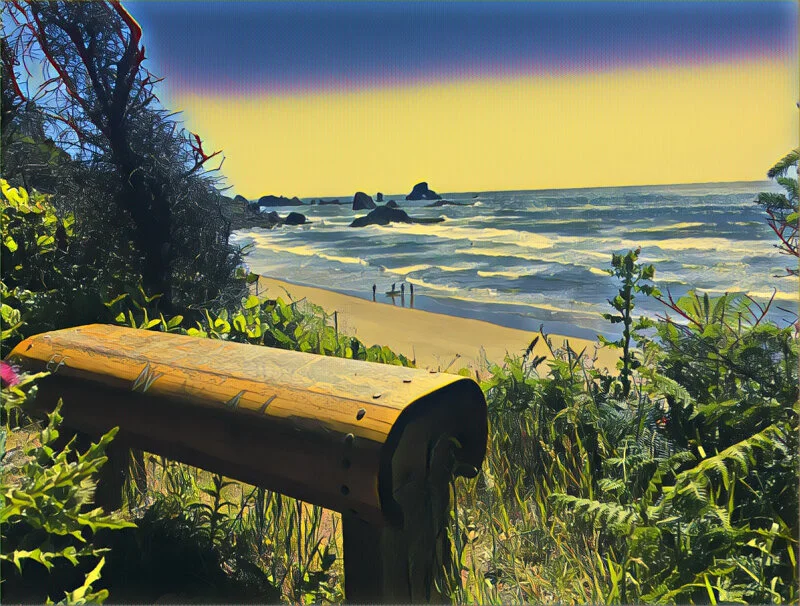All tagged Herbalism
Herbal Protocols for Emotional Wellbeing
After doing an assessment, what are the ways that an herbalist can assist someone who is struggling with their emotional wellbeing? Before we get to protocols, it is important to examine the larger health issues that can play a role in mental illness symptoms. I have talked about how we have changed how we perceive mental illness. Beginning in the middle of the 20th century, scientists started looking at the role of neurotransmitters such as serotonin, dopamine and GABA influence mood and wellbeing. Much of the modern psychiatric lens is based on seeing individuals as having a “chemical imbalance”, meaning a deficit or surplus of some neurotransmitters that can be managed and adjusted by various psychiatric drugs. However, that view of mental illness increasingly has come under scrutiny and has been found to be seriously lacking.
Dandelion
Right around the Spring equinox there in Portland Oregon the dandelions (Taraxacum officicinale) start to sprout up like some wild jagged toothed friendly golden haired freaks from down the road. These are the botanical creatures that drive many home owners nuts. You can see them with their cans of spray desperately trying to eradicate anything but the tame blades of grass that carpet their lawn front and back. Dandelion is seen as a scourge, an enemy to be controlled and eliminated. But dandelion is unruly, doesn’t listen very well- sprouts wherever it can find a foothold and doesn’t easily leave its perch once well established. Queen of the weeds, friend to every herbalist, dandelion has much to offer and we would do well to tend her patches and bring her into our life as a dear friend.
Yarrow
In June of last year I hiked up a small mountain along the Columbia River Gorge to take in the view with my wife. I pulled out a knife to cut back a blackberry vine and inadvertently sliced myself along my hand. It was a deep cut and I knew it was going to be a problem that needed emergency care and stitches. We were a good hour from the base and then another half hour to Hood River- the nearest town. I was worried about severe bleeding and I looked around and found some yarrow growing near me. I cut off a stalk and quickly chewed up some of it while my wife ripped some cloth from an old t-shirt in her backpack. I wrapped my wound with the yarrow and the bandage as a poultice and we started quickly walking down the trail. I kept looking for signs that the copious blood flow was seeping out through the cloth and to change the poultice if need be- but I was surprised to see there was no need for changing dressing.
Seaweeds
In the Spring time I head out of Portland, Oregon and drive a couple hours to the coast to gather seaweeds. Sometimes known as “sea vegetables”, they are actually a form of macro algae and are divided up into three main categories- brown, red and green algae. They are highly nutritious and have long been prized by coastal peoples throughout the world for their culinary and medicinal properties. While across the Pacific in Japan and China they are commonly consumed as part of a daily diet, seaweeds are far less consumed here in the States. We mainly eat seaweed at Japanese restaurants (think nori, miso and seaweed and seaweed salads) and are starting to turn onto seaweed snacks (nori in a salt/oil brine).
Nutritive Herbs
In this article I want to explore perhaps the most important way of working with herbs. For many people when they think of herbal medicine they are thinking of a direct action that will have a specific effect on the body- relaxing, stimulating, anti-inflammatory, analgesic, immunostimulating, etc. But while these all have their place, one of the most important “actions” of herbs is to simply nourish us. When we take in plants and fungi that are nutritively dense, we help create a terrain in the body that makes it harder for disease arise. This is the basics of most dietary advice- eat nutrient dense food filled with vitamins, minerals, flavonoids and anti-oxidants that will help strengthen and nourish the body.
Nervines
Outside my house is a tall quick growing mimosa tree (Albizia julibrisin). In the summer time thousands of bright pink Dr. Seuss like puff ball flowers emerge and gently sway in the breeze. Just resting under the tree and looking up is magical, uplifting and relaxing. In the evening the leaves close against each other, mimicking our same pattern of going to bed to sleep. In Japan it is called “Nemunoki” which means sleeping tree and in Iran its name means “night sleeper”. And indeed when we take mimosa as an herb it helps us not only feel uplifted but gently relaxed and as a helpful aid for sleep.
Lemon Balm
What is it about this small little weedy herb that makes people delight and kind of freak out? I’d like to think its because its one of the friendliest, most easy and versatile herbs out there. If it pops up in your garden you will have a hell of a time eradicating it. It just wants to grow and spread and take over and for herbalists thats mainly fine. You can throw it in teas, make it into a useful tincture, infuse it in honey, add it to cordials, steam them for respiratorry conditions, throw a few leaves in salads and make it into a wonderful hydrosol for cleaning, skin care and as a room freshener.
Artist's Conk
Artists Conk (Ganoderma applanatum). You may have heard of this bracket fungus and know that you can write and draw on the underneath side- thus the name. I have even heard that people will mail Artist’s Conk with adesign on the underside and enough postage stamps and it will be delivered. Like other bracket fungi in my neck of the woods (Portland, Oregon area) Artist’s conk is an important medicinal mushroom that can be used for a wide variety of complaints. But because this is a perennial bracket fungus that is not extremely common, it should be harvested rarely and other medicinal mushrooms should be picked first. One can easily purchase farmed shiitakes, maitakes, turkey tails and reishi with a good medicinal profile without depleting our forests of important perennial fungi that are key to the ecological balance of our environment.
Oregon Grape
Walk through a forest near my home in Portland, Oregon and you will often find Oregon Grape carpeting wide swaths of land. In city and suburban gardens, the taller Oregon Grape (Berberis aquifolium) is often planted as a hardy perennial for its pretty year round glossy green foliage, yellow flowers and blueberries. This is a plant that is near and dear to many herbalists as it is deeply useful for a variety of health complaints.
Red Belted Conk
In this beautiful stretch of land, the red belted conk mushroom stands as the sentinels of the forest- growing from decaying and rotted hemlocks. These are the alchemists, turning rotting and decaying wood lignin into their cell walls, extracting the dead material of the trees and turning it back into life. Intertwining filaments of mycelium spread throughout these hemlocks and create the substrate for a number of conks to sprout from the old trees. These conks then grow year after year, a new fresh white layer that becomes a ring. Some of these mushrooms last only a few years and some grow to a ripe old age of 20-40 years. These are the massive conks that are astonishing when we find them.
Bitter Herbs: Nature’s Great Healers
Imagine yourself at the beach soaking in the sunshine and occasionally dipping your toes in the ocean. For some this would be paradise that we would never want to end. But for many of us we would get…well…bored. Humans love to climb mountains, push ourselves in an exercise class, travel to challenging environments and spend additional energy working hard on something we are interested in. Without challenges most of us would get a little soft and complacent. We need some stressors to build more resiliency, to gain skills, deepen our experience and to grow as humans.
Black Cottonwood
On an early saturday morning in January and I drive out to the Sandy river as it empties into the Columbia. Along the banks tall fast growing black cottonwoods sprout like weeds. I can smell the rich fragrant scent from far away. Sweet resin exudes from the newly formed reddish brown buds. A recent windstorm has downed a couple tall trees and their branches hang heavy with aromatic perfume. I bend down and make a few prayers. Here in the Northwest this is the start off the gathering season. Black cottonwood (Populus trichocarpa) delivers her medicine and magic as a gift to the winds. Breathe in that overwhelming sweet luxurious hedonic scent. The perfume smells like a warm bath, like soft sunshine on the belly, like a gift for those who are scared, grieving, sad.
Devil’s Club: Sacred Plant of the Northwest
This summer I spent quite a bit of time with a plant known as Devil’s Club (Oplopanax horridus) that grows wild in the northwest and up through the west coast of Canada to Alaska. If you have ever come across this plant you will never forget it. It grows upwards of 12 feet tall with a tall sharply thorned stalk and wide branching palmate leaves that are also lined with spiky spines. The stalks fall along the ground in snaky decumbent stems that criss cross each other before climbing up to the sky. In early summer, a raceme of greenish flowers bursts forth and then turns into a cluster of bright red berries. This is a big beast of a plant which inspires both awe and frustration depending on the person.
Mimosa- The Happiness Tree
Early this summer I realized my beautiful Mimosa tree was growing kind of out of control. This is an extremely fast growing tree that had risen to about 50 feet high and was intermingling its branches amongst the power lines. Time to prune. And since I was going to prune, this was also a perfect time to gather medicine from the bark.
Mimosa has been valued highly for centuries in traditional Chinese medicine as a botanical that can improve mood, wellbeing, decrease anxiety and bring a sense of peaceful calm, especially to those with a troubled heart and those who have experienced a great deal of stress and trauma. It is so highly valued that it is surprising to me that it hasn’t been appreciated more in the West and is relatively unknown outside of herbalist circles.
Healing from Childhood Trauma
In this article, I want to briefly explore the relationship of early childhood trauma with persistent emotional issues. As a therapist I often work with people who are dealing with long term anxiety and depression that are rooted in part to challenging or abusive relationships with one’s family of origin. Understanding the role of trauma can be key to understanding how to heal and move through persistent emotional distress.

















